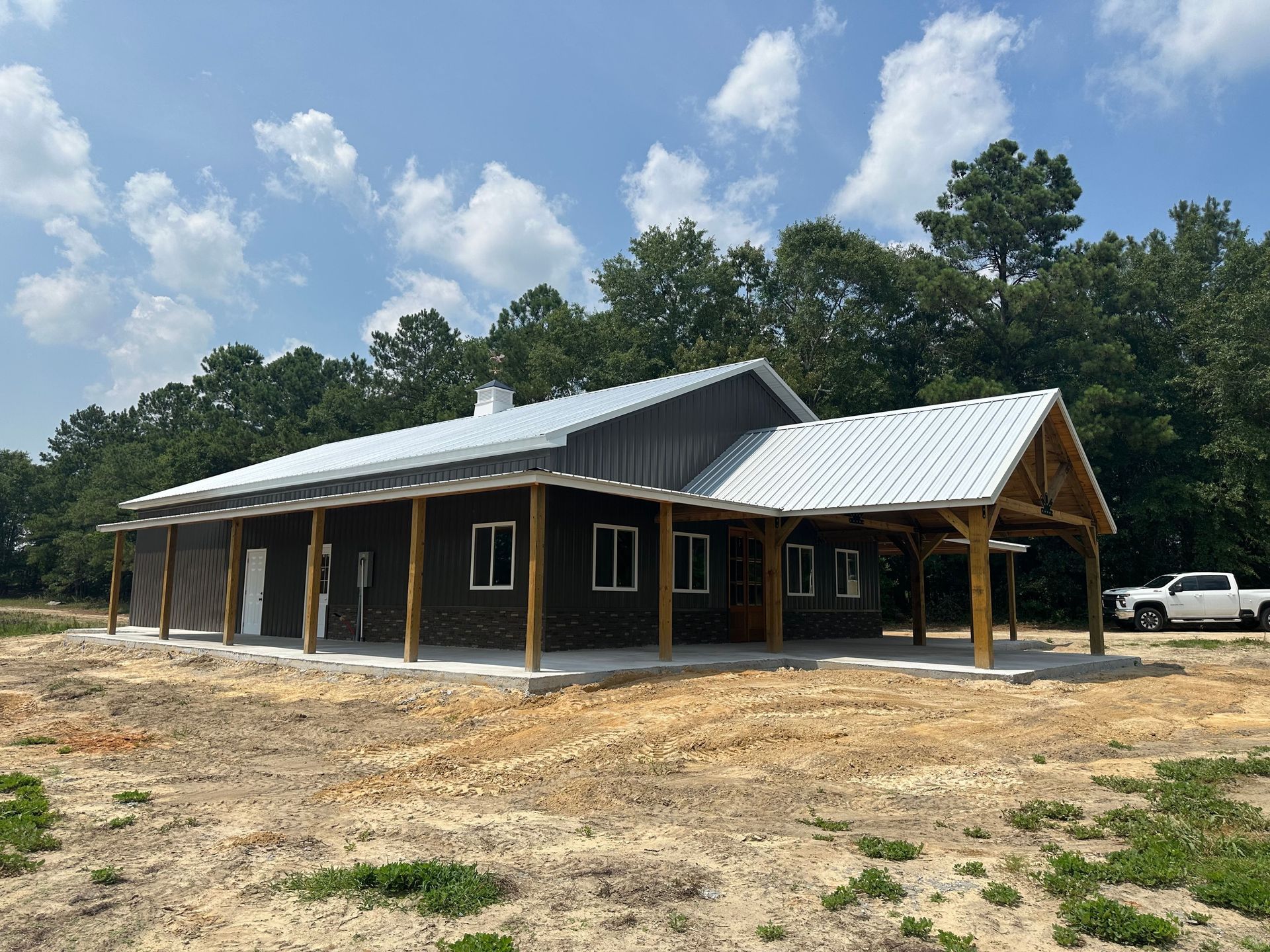How the Pole Barn Construction Industry Started
The pole barn construction industry has become a mainstay in rural and suburban landscapes, offering an affordable and flexible option for building structures ranging from simple sheds to complex barns and commercial buildings. Pole barns are characterized by their post-frame construction technique, which relies on poles or posts to provide the primary support for a building. This construction approach not only ensures efficiency but also affordability, making it an attractive option for many property owners. Understanding the industry's origins offers insight into how this innovative method came to be and evolved over time.
Need for Cost-Effective Solution
The roots of the pole barn construction industry can be traced back to the 1930s, a time when the United States was navigating the Great Depression. During this challenging financial climate, farmers and rural communities sought economical ways to build functional structures with the limited resources available. According to the National Frame Building Association, post-frame building systems, which is the technique underpinning pole barns, were first developed during this era in the 1930s. The simplicity and cost-effectiveness of using large poles driven into the ground as the main structural components allowed quick construction without the need for deep foundations or extensive masonry work.
Influence of Agricultural Demand
One significant influence on the development of pole barn construction was the agricultural demand for efficient and spacious storage solutions. As machinery became more central to farming operations, the need for larger, unobstructed interiors grew. The post-frame design provided a flexible framework that accommodated varying dimensions and load requirements. Pioneers in this construction method utilized locally sourced materials, such as telephone poles or logs, which contributed to its widespread adoption in agricultural communities. This adaptability and efficiency led to rapid acceptance and evolution in the construction industry.
Advancement of Technology
As the post-frame method gained traction, technological advancements and improved materials further bolstered its popularity. Eventually, treated lumber, engineered trusses, and metal roofing materials became integral components, enhancing both the durability and appearance of pole barns. Over time, what began as a practical solution for cash-strapped farmers blossomed into a versatile construction method used in residential, commercial, and public building projects. Today, builders and consumers continue to favor this approach for its sustainability, affordability, and adaptability to a range of architectural styles and functions.
The pole barn construction industry originated from a blend of necessity and practicality during a period of economic hardship. The innovation and adaptability of the post-frame construction method have ensured its relevance throughout the decades, allowing it to evolve alongside advancements in materials and building practices. As a result, pole barns remain a popular choice for diverse building needs, owing their enduring success to their humble beginnings and continued evolution. Call Hobgood Post Frames Inc for custom post frame buildings.
Learn More About
Hobgood Post Frames Inc
Serving the Tri-State area, Hobgood Post Frames Inc specializes in post frame builders, pole barn contractors, and excavating. Free quotes within 1-2 business days. 3-year warranty on craftsmanship. 3% discounts for veterans. Call us.
serving Area
Vanderburgh County, IN
Warrick County, IN
Posey County, IN
Gibson County, IN
Henderson County, KY
Daviess County, KY
and surrounding areas
Business Hours
- Mon - Fri
- -
- Sat - Sun
- Closed


Share On: